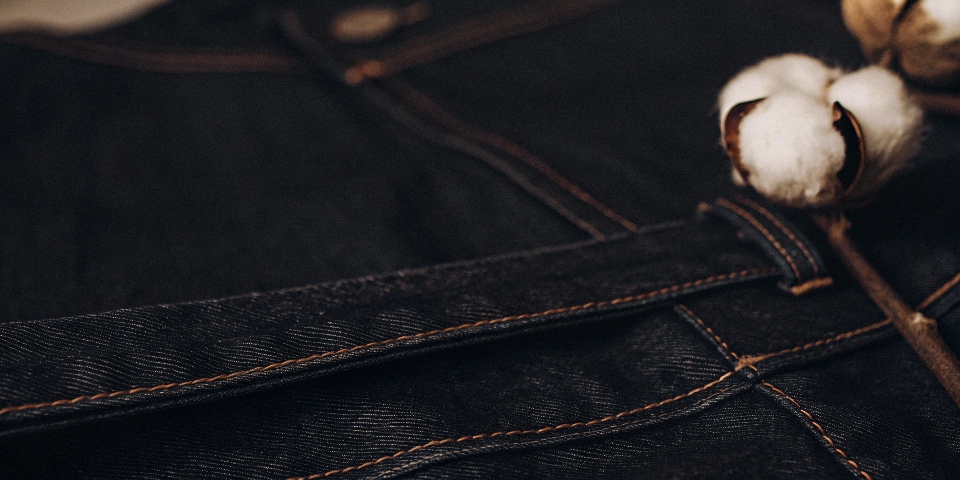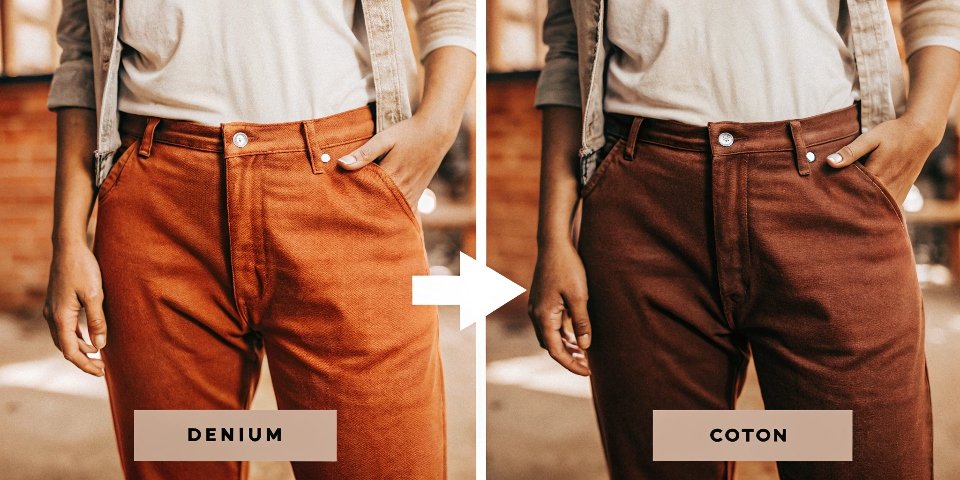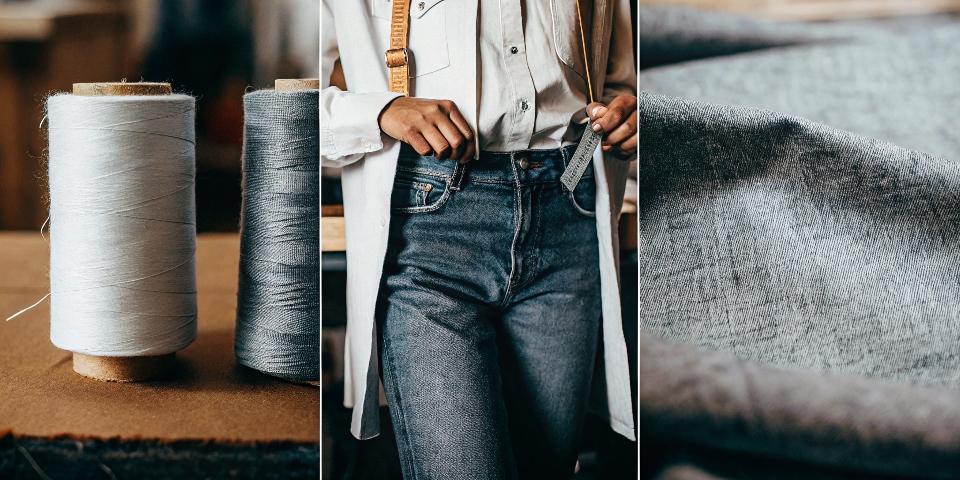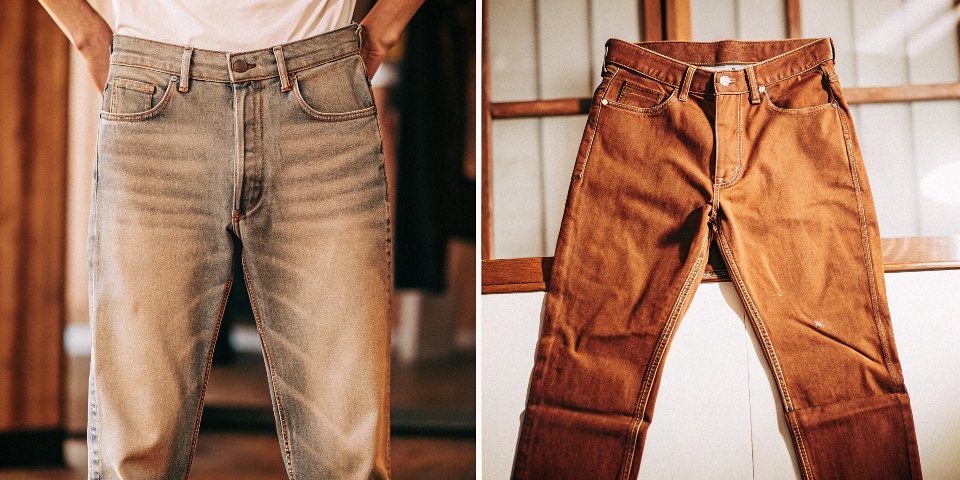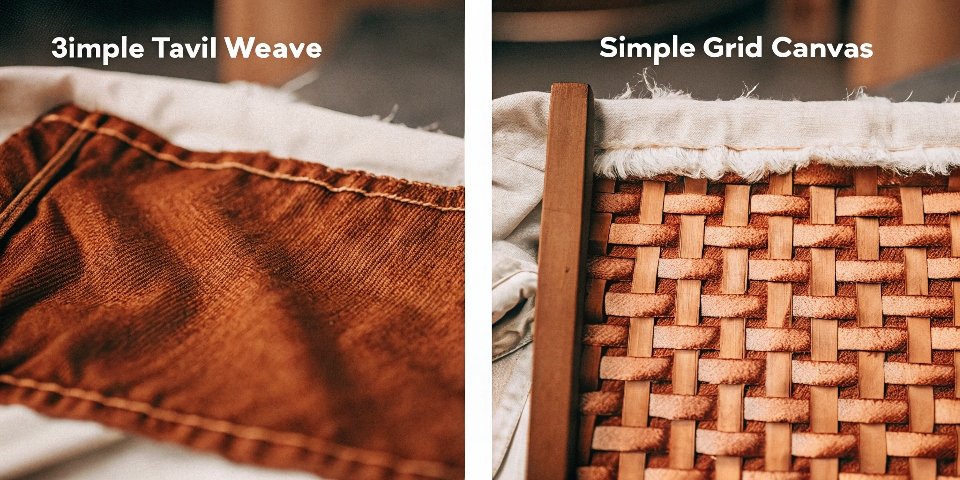You hear the term "denim cotton" and pause. Is that a special blend? A different type of fabric? It sounds confusing and makes you question the very basics of your materials.
"Denim cotton" is a redundant term, as all traditional denim is made from cotton. The phrase simply emphasizes the fabric's natural fiber origin, distinguishing it from denims blended with synthetics like polyester or elastane.
Over my 20 years in this business, I've seen language create as much confusion as a bad production run. Designers will send me tech packs specifying "denim cotton" as if it's a unique category they need to order.
In reality, they are just asking for the original, the classic, the foundation of my entire factory: denim that is made from cotton. This simple misunderstanding, however, opens the door to some of the most important questions about what makes denim fabric what it is. It's a great place to start to build a rock-solid foundation of knowledge.
What is the difference between denim and cotton denim?
You see labels and descriptions using "denim" and "cotton denim" and wonder if there is a subtle distinction you're missing. You worry that you might be using the terms incorrectly with your suppliers.
There is no functional difference. "Cotton denim" is just a more descriptive phrase for what denim is. It’s used to be extra clear that the denim in question is made from its original, natural fiber: cotton.
In the day-to-day operations of my factory, DiZNEW, the term "denim" automatically implies it's made from cotton. The phrase "cotton denim" has become more common for one simple reason: the rise of blends.
Thirty years ago, nearly all jeans were 100% cotton. Today, the market is full of fabrics that mix cotton with other fibers to add stretch or softness. So, when a brand wants to highlight that their product is classic, sturdy, and made in the traditional way, they use the label "cotton denim1." It’s a way of reassuring the customer.
It says, "This isn't a synthetic look-alike; this is the real deal." So, think of it less as a technical difference and more as a marketing clarification. In my world, it's all denim2, but sometimes being extra specific helps everyone stay on the same page.
| Term Used | Technical Meaning | Common Implication |
|---|---|---|
| Denim | A durable cotton fabric with a 3x1 twill weave. | The standard name for the fabric used in jeans. |
| Cotton Denim | A durable cotton fabric with a 3x1 twill weave. | Used to emphasize the 100% cotton, non-blend nature. |
What are cotton blend jeans?
You know your favorite stretch jeans are comfortable, but you're not entirely sure what's mixed in with the cotton. You hear a lot of misinformation and want to know what these blends actually do.
Cotton blend jeans are made from denim that combines cotton with other fibers to improve performance. The most common additions are elastane for stretch, polyester for shape retention, and Tencel or Modal for softness.
This is where your insight about fabric behavior is so important, and it’s something I explain to designers like Dean all the time. The biggest misconception is about why jeans "bag out." Many people blame the stretch fiber, but the opposite is true. Here’s how the main blend partners really work:
- Cotton: This is the heart of the fabric, providing breathability and strength. However, cotton fibers naturally stretch with heat and movement but don't have the ability to snap back. Cotton is what causes jeans to get baggy at the knees.
- Elastane (Spandex/Lycra)3: This fiber is pure stretch and recovery. It’s like a tiny rubber band woven into the fabric. It allows the jean to move with you, and then it pulls the cotton fibers back into place. Spandex is the solution to bagging out, not the cause.
- Polyester: This is a strong, stable synthetic fiber. As your insight noted, it resists stretching out. Blending it with cotton helps the whole garment keep its original shape through many wears and washes. It adds durability and structural integrity.
| Blend Fiber | Primary Purpose | Effect on Jeans |
|---|---|---|
| Elastane | Stretch & Recovery | Adds comfort and prevents bagging out. |
| Polyester4 | Shape & Durability | Helps jeans keep their shape and adds strength. |
| Tencel/Modal | Softness & Drape | Creates a smoother, more luxurious feel. |
Is real denim 100% cotton?
You hear denim purists claim that if it's not 100% cotton, it's not "real" denim. This makes you question the value and authenticity of the comfortable, modern blended jeans that are popular with your customers.
Traditionally, yes, real denim was exclusively 100% cotton. However, the definition of "real" has evolved. Today, a high-quality, well-constructed blended denim is considered just as real and authentic for modern fashion purposes.
This is a debate I have a lot of passion for. From a historical standpoint, the purists are correct. For almost a century, denim was 100% cotton because that's all that was available. That fabric built America.
It’s tough, it molds to your body, and the way it fades tells a story. I started my career working with this beautiful, rigid fabric, and I still produce tons of it for heritage brands.But fashion and lifestyles have changed.
People now demand more comfort and specific fits, like the skinny jean, that are simply not possible or practical with 100% cotton.Is a pair of jeans made with a technologically advanced 98% cotton, 2% elastane blend5 from a top-tier mill any less "real"? I say no.
Its reality is defined by its quality and its fitness for purpose. "Realness" today is not just about historical purity; it's about making the best possible product for a specific design and customer.
Is 100% cotton considered denim?
You have a pair of 100% cotton chino pants and a pair of 100% cotton jeans. They are both made from the same fiber, so you wonder why one is denim and the other is not.
No, just being 100% cotton does not make a fabric denim. Denim is defined by its specific weaving pattern—a 3x1 twill weave—not just its fiber content. Cotton can be woven into many different fabrics.
This is the final piece of the puzzle and the most important technical detail. Think of cotton as the ingredient. You can use that same ingredient (flour) to make bread, a cake, or a cookie. The recipe and the process are what make them different.
The same is true for fabric. The "recipe" for denim is its weave. Specifically, it's a type of twill weave6 where the lengthwise (warp) thread goes over three crosswise (weft) threads and then under one.
This [3x1] pattern is what creates the strong, visible diagonal lines on the surface of your jeans. It's a very durable and dense construction. Other cotton fabrics use different weaves.
Chinos, for example, often use a lighter twill or a simple plain weave, which is a basic over-under grid. Because of this structural difference, a pair of 100% cotton chinos will never be denim. The fiber is the same, but the identity of the fabric is completely different.
| Fabric Name | Primary Fiber | Defining Weave Structure |
|---|---|---|
| Denim | Cotton | 3x1 Twill (Strong, diagonal lines) |
| Chino Twill | Cotton | 2x1 Twill (Lighter, diagonal lines) |
| Canvas | Cotton | Plain Weave (Simple grid pattern) |
Conclusion
"Denim cotton" is just denim. The weave defines the fabric, cotton is the fiber, and modern blends are simply tools to enhance performance. Knowing this difference is key to creating excellent jeans.
-
Exploring this link will deepen your understanding of cotton denim's significance and its role in quality jeans. ↩
-
This resource will provide insights into various denim types, enhancing your knowledge of fabric choices in fashion. ↩
-
Understanding Elastane's role can enhance your knowledge of denim quality and comfort, making your purchases more informed. ↩
-
Exploring polyester's benefits will help you appreciate the longevity and performance of your denim, ensuring better choices. ↩
-
Discover how this blend enhances comfort and fit in jeans, making them more suitable for modern lifestyles. ↩
-
Exploring twill weave will enhance your knowledge of fabric types and their applications in fashion. ↩

